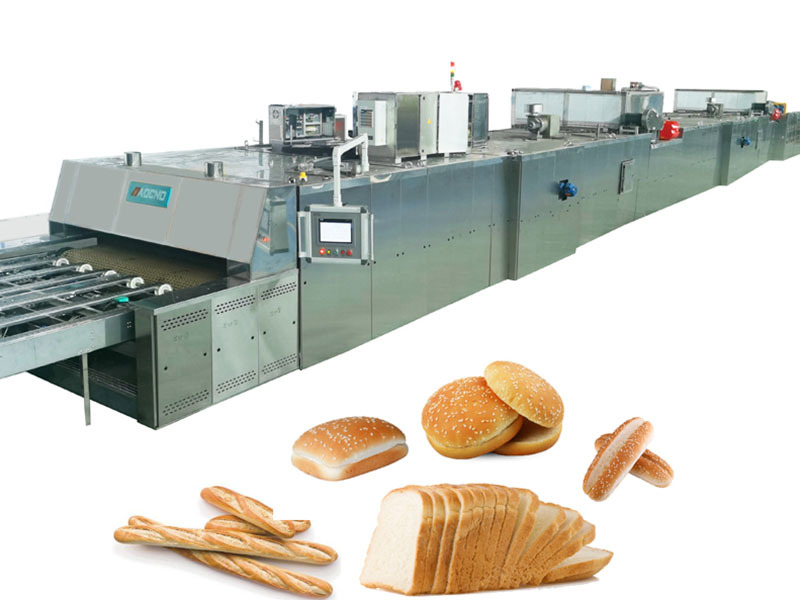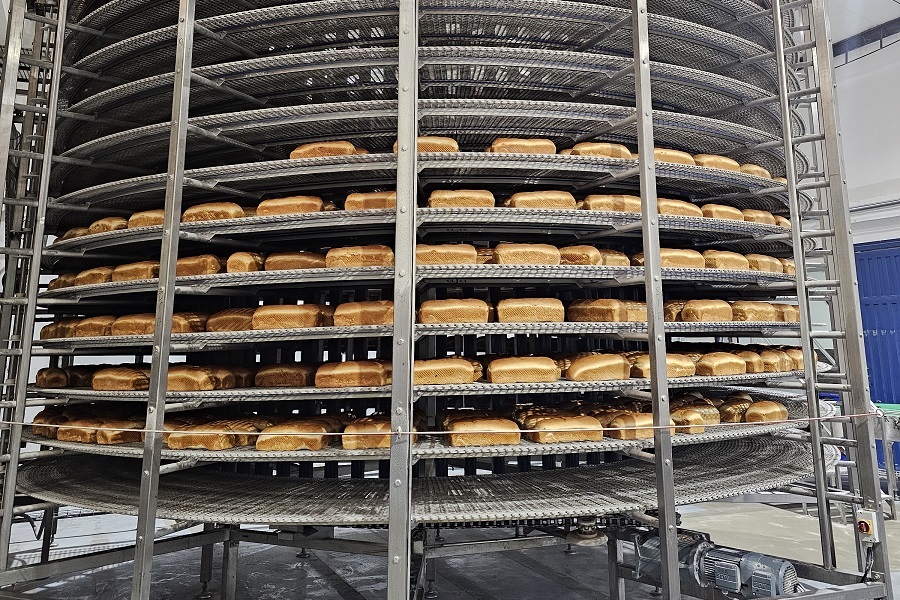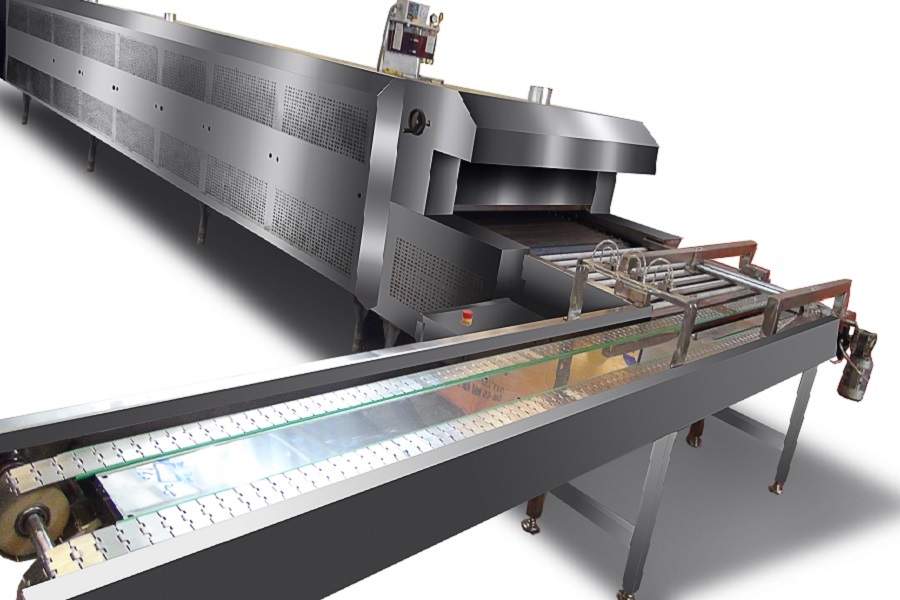Welcome To Know Our Products, We Can Offer You High Quality Products!
WhatsApp / WeChat : 008615127880005
Email : info@aocno.com
Mastering the Art of Homemade Bread with Top Baking Oven Hacks
2025-05-14
Bread baking ovens has a unique charm that store-bought alternatives simply can't match. The aroma that fills the kitchen and the satisfaction of pulling a freshly baked loaf from the oven is an experience that many cherish. As we delve into the intricacies of baking bread at home, we'll explore essential techniques, tips, and hacks that will help you master the art of bread-making using your baking oven.
1. Understanding the Basics of Bread Making
Before embarking on your bread-making adventure, it's essential to understand the foundational elements involved in creating a successful loaf. Bread-making is both an art and a science, where the right combination of ingredients and techniques results in a delightful final product.
The Role of Yeast
Yeast is the primary leavening agent in bread. It ferments the sugars in the dough, producing carbon dioxide gas that causes the dough to rise. Understanding how to activate yeast properly—whether using dry, active, or instant yeast—is crucial. Always ensure your water is warm (not hot) to activate the yeast.
The Importance of Kneading
Kneading develops gluten, which gives bread its structure and chewiness. It’s vital to knead the dough until it’s smooth and elastic. A simple test is to stretch a small piece; if it forms a thin, translucent membrane without breaking, your dough is ready.
2. Choosing the Right Ingredients for Homemade Bread
Ingredients play a pivotal role in the quality of your bread. Here’s a closer look at each component you’ll need.
Flour Selection
Different types of flour yield different results. All-purpose flour is versatile, but bread flour, which contains a higher protein content, is ideal for making bread. For specialty breads, consider whole wheat or rye flour for added flavor and nutrition.
Water Quality
The quality of water can affect the taste of your bread. Use filtered water, avoiding chlorinated tap water, which can inhibit yeast activity. The temperature of the water also matters; it should be warm enough to activate the yeast without killing it.
Salting Your Dough
Salt is not just for flavor; it strengthens gluten and controls yeast fermentation. However, be cautious not to add salt directly on top of the yeast when mixing, as it can kill the yeast. Instead, mix it with the flour first.
3. Essential Baking Oven Hacks for Perfect Bread
Your baking oven is your best ally when it comes to achieving perfectly baked bread. Implementing these hacks can significantly enhance your bread-making experience.
Preheating Your Oven
Always preheat your oven to the recommended temperature before placing your bread inside. A hot oven is crucial for the initial rise of the bread, known as "oven spring," which contributes to a lighter texture.
Using a Baking Stone
A baking stone retains heat and promotes even cooking. If you don’t have one, a preheated cast-iron skillet can be an excellent alternative. Placing your dough on a hot surface mimics the conditions of a traditional bread oven.
Creating Steam
Introducing steam into the oven during the first few minutes of baking helps achieve a crisp crust. You can create steam by placing a pan of hot water at the bottom of the oven or by spritzing water onto the bread just before closing the oven door.
4. Step-by-Step Guide to Baking Bread at Home
Now that you have the basics down, let's walk through the process of baking your first loaf of homemade bread.
Step 1: Gather Your Ingredients
Prepare your flour, water, yeast, and salt. Measure out your ingredients accurately for the best results.
Step 2: Mix Your Dough
Combine the yeast and warm water in a bowl, allowing it to bloom for about 5 minutes. Add flour and salt, mixing until a shaggy dough forms.
Step 3: Knead the Dough
Transfer the dough to a floured surface and knead for about 10 minutes until smooth and elastic. Alternatively, you can use a stand mixer with a dough hook.
Step 4: First Rise
Place the dough in a greased bowl, cover it with a damp cloth, and let it rise in a warm area until it doubles in size (usually 1-2 hours).
Step 5: Shape and Second Rise
After the first rise, punch down the dough, shape it into a loaf, and place it in a greased loaf pan. Cover it again and let it rise until it doubles in size, typically 30-60 minutes.
Step 6: Bake Your Bread
Preheat your oven, then bake the loaf for 25-30 minutes or until golden brown and it sounds hollow when tapped. Let it cool on a wire rack before slicing.
5. Troubleshooting Common Bread Baking Issues
Even experienced bakers encounter challenges. Here are solutions to common problems.
Dense Bread
A dense loaf often results from insufficient gluten development or too much flour. Always measure flour accurately and knead adequately to develop gluten.
Crumbly Texture
If your bread crumbles easily, it might be due to under-kneading or insufficient hydration. Make sure all your ingredients are well incorporated and consider adding a bit more water to your dough.
Uneven Baking
If your bread bakes unevenly, it could be due to hot spots in your oven. Rotate your loaf halfway through baking for even results.
6. Creative Variations to Try with Your Homemade Bread
Once you've mastered the basic loaf, experiment with different flavors and styles!
Herb and Cheese Bread
Incorporate fresh herbs and shredded cheese into your dough for a savory twist. Great for sandwiches or as a side with soup.
Dried Fruit and Nut Bread
Add chopped dried fruits and nuts for a sweet, hearty loaf perfect for breakfast or snacks.
Whole Wheat Bread
Substitute part of the all-purpose flour with whole wheat flour for added nutrition and a nuttier flavor.
7. Storing and Maintaining Freshness of Homemade Bread
Maintaining your bread’s freshness is crucial for enjoying its delightful taste over several days.
Room Temperature Storage
Store bread in a paper bag at room temperature for up to 3 days. Avoid plastic bags, as they can trap moisture and lead to a soggy crust.
Freezing Bread
If you want to keep your bread for a longer period, freeze it. Wrap it tightly in plastic wrap and aluminum foil, and it can last for up to 3 months. Thaw at room temperature before slicing.
8. FAQs About Baking Bread at Home
1. Can I use regular yeast instead of instant yeast?
Yes, but regular yeast requires proofing in warm water before adding it to the dough. Instant yeast can be mixed directly with dry ingredients.
2. What can I do if my dough doesn’t rise?
Check the freshness of your yeast and ensure the rising environment is warm. If the dough is too cold, consider moving it to a warmer spot.
3. How can I tell when my bread is done baking?
Tap the bottom of the loaf; if it sounds hollow, it’s done. You can also use a thermometer; the internal temperature should be around 190°F (88°C).
4. Is it possible to make gluten-free bread at home?
Absolutely! There are many gluten-free flours available, such as almond flour and gluten-free all-purpose flour. You may need to adjust the recipe accordingly.
5. How long does homemade bread last?
Homemade bread can last up to 3 days at room temperature. For longer storage, freeze it as mentioned earlier.
Conclusion
Mastering the art of homemade bread is a rewarding endeavor that combines science and creativity. By understanding the basics, choosing quality ingredients, and utilizing essential baking oven hacks, anyone can create delicious loaves at home. Whether you’re a beginner or an experienced baker, experimenting with different flavors and techniques will continually enhance your skills. So, roll up your sleeves, gather your ingredients, and let the joy of baking fill your kitchen!
keywords:
RELEVANT INFORMATION
2025-08-02
The Ultimate Guide to Bread Making Machines: Elevate Your Baking Game
2025-07-28
Elevate Your Baking Game: Essential Oven Techniques for Bread Enthusiasts
2025-07-23











